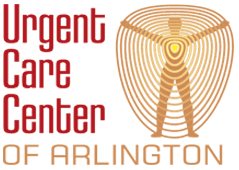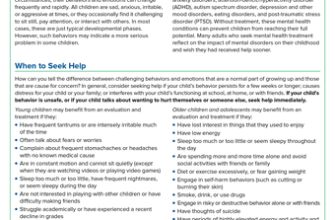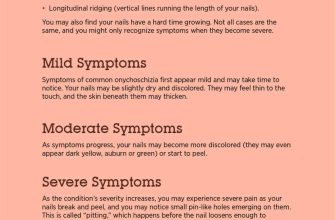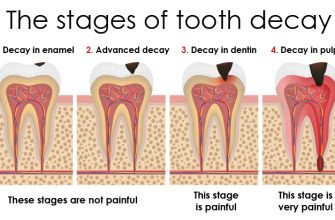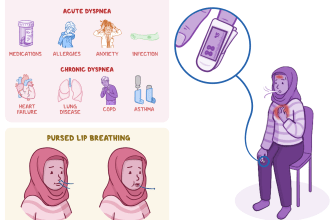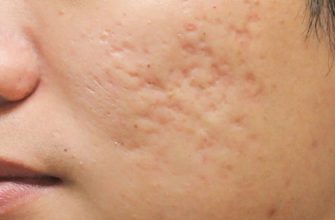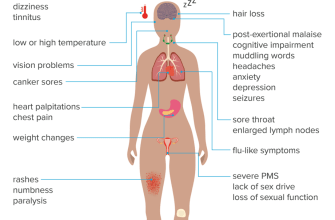Convulsions, also known as seizures, are sudden and uncontrolled movements of the body caused by abnormal electrical activity in the brain. They can be a frightening experience for both the person experiencing them and those around them. Understanding the causes, symptoms, and treatment options for convulsions is essential for managing and preventing these episodes. In this article, we will explore the various aspects of convulsions and provide valuable insights on how to deal with them.
Causes of Convulsions
Convulsions can be caused by a variety of factors, including:
- Epilepsy: Epilepsy is a neurological disorder characterized by recurrent seizures. It is one of the most common causes of convulsions.
- Brain injuries: Traumatic brain injuries, such as those resulting from accidents or falls, can trigger convulsions.
- Infections: Certain infections, such as meningitis or encephalitis, can lead to convulsions.
- Metabolic disorders: Imbalances in electrolytes, blood sugar levels, or other metabolic abnormalities can provoke seizures.
- Genetic factors: Some individuals may have a genetic predisposition to seizures.
- Drug or alcohol withdrawal: Abruptly stopping the use of certain medications, drugs, or alcohol can induce convulsions.
Symptoms of Convulsions
The symptoms of convulsions can vary depending on the individual and the underlying cause. Common signs and symptoms include:
- Loss of consciousness
- Uncontrolled jerking movements
- Tongue biting or foaming at the mouth
- Temporary confusion or disorientation after the seizure
- Loss of bladder or bowel control
- Extreme fatigue or sleepiness
It is important to note that not all seizures involve convulsions. Some seizures may manifest as brief periods of staring, sudden changes in behavior, or temporary loss of awareness.
Treatment for Convulsions
The treatment for convulsions depends on the underlying cause and the severity of the seizures. In many cases, medication is prescribed to help control and prevent seizures. Antiepileptic drugs (AEDs) are commonly used to manage epilepsy and reduce the frequency and intensity of convulsions.
In addition to medication, other treatment options may include:
- Vagus nerve stimulation (VNS): This involves implanting a device that stimulates the vagus nerve, which can help reduce the frequency and severity of seizures.
- Ketogenic diet: A high-fat, low-carbohydrate diet that has been shown to be effective in reducing seizures, particularly in children with epilepsy.
- Surgery: In some cases, surgery may be recommended to remove or repair the area of the brain causing the seizures.
Convulsions in Adults
While convulsions are often associated with children, they can occur in adults as well. The causes and treatment options for convulsions in adults are similar to those in children. However, it is important to consider additional factors that may contribute to seizures in adults, such as:
- Stroke
- Brain tumors
- Alcohol or drug abuse
- Medication interactions
If an adult experiences a convulsion for the first time, it is crucial to seek medical attention to determine the underlying cause and develop an appropriate treatment plan.
Convulsions in Children
Convulsions in children can be particularly distressing for parents and caregivers. It is important to remain calm and take the following steps when a child experiences a convulsion:
- Ensure the child’s safety by removing any nearby objects that could cause harm.
- Place the child on their side to prevent choking on saliva or vomit.
- Do not restrain or try to stop the convulsions; instead, protect the child from injury.
- Time the duration of the seizure and observe any unusual symptoms.
- Seek medical attention if the seizure lasts longer than five minutes or if the child has difficulty breathing or recovers slowly.
It is important to remember that most seizures in children are not life-threatening and typically stop on their own. However, recurrent seizures or seizures lasting longer than usual should be evaluated by a healthcare professional.
Convulsions Management and Prevention
While convulsions cannot always be prevented, there are steps that can be taken to manage and reduce the risk of seizures:
- Take prescribed medications as directed and attend regular check-ups with a healthcare provider.
- Avoid triggers that may provoke seizures, such as lack of sleep, excessive stress, or alcohol consumption.
- Follow a healthy lifestyle, including regular exercise, a balanced diet, and stress management techniques.
- Wear a medical alert bracelet or necklace to inform others about the condition in case of an emergency.
- Learn first aid for seizures to provide assistance to others experiencing convulsions.
It is important to educate family members, friends, and coworkers about convulsions and how to respond in case of an emergency. By raising awareness and understanding, we can create a supportive environment for individuals living with seizures.
In conclusion, convulsions are a result of abnormal electrical activity in the brain and can be caused by various factors. Understanding the causes, symptoms, and treatment options for convulsions is crucial for managing and preventing these episodes. By following appropriate treatment plans, taking necessary precautions, and seeking medical attention when needed, individuals with convulsions can lead fulfilling lives while minimizing the impact of seizures.
